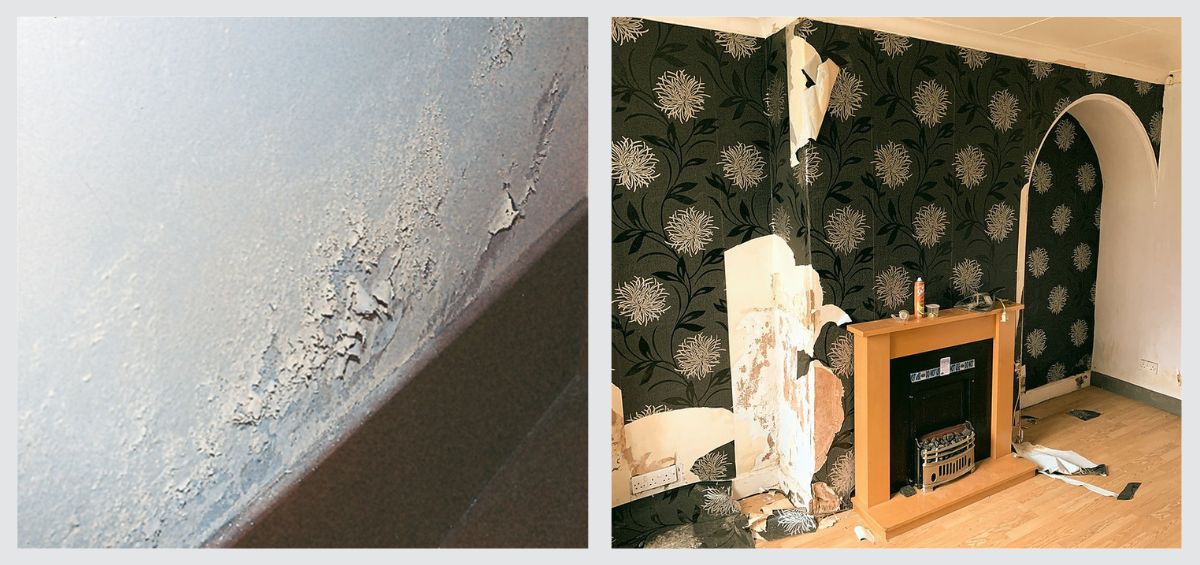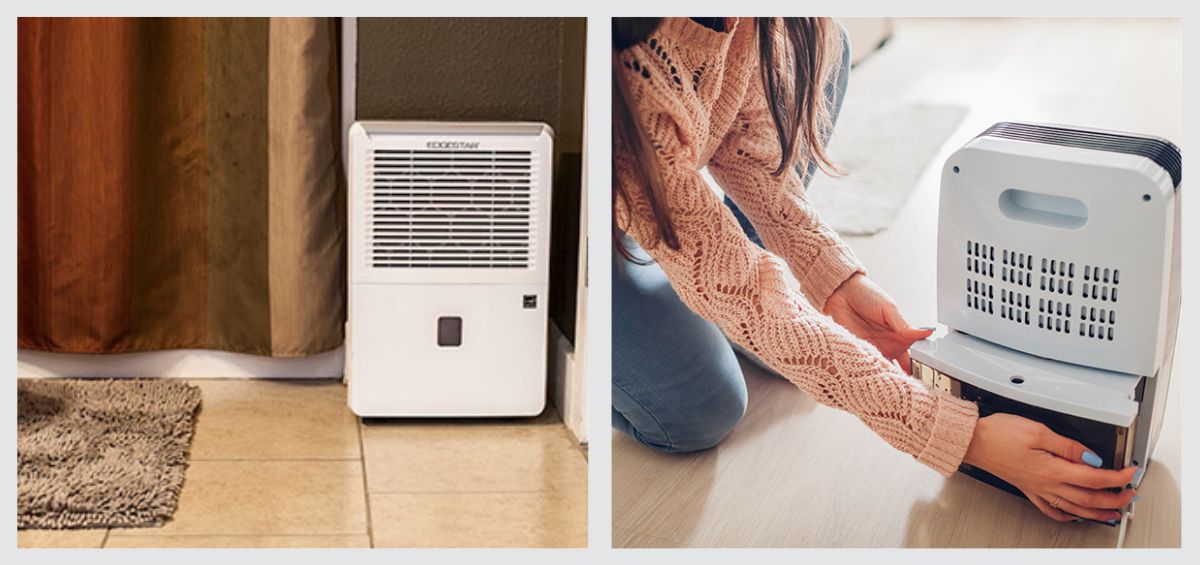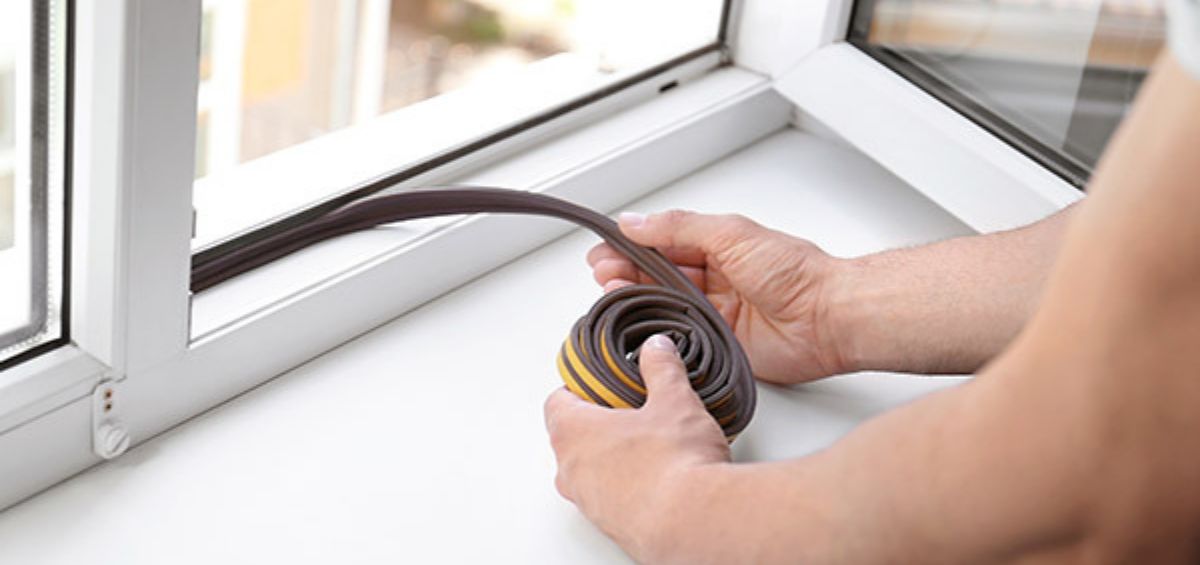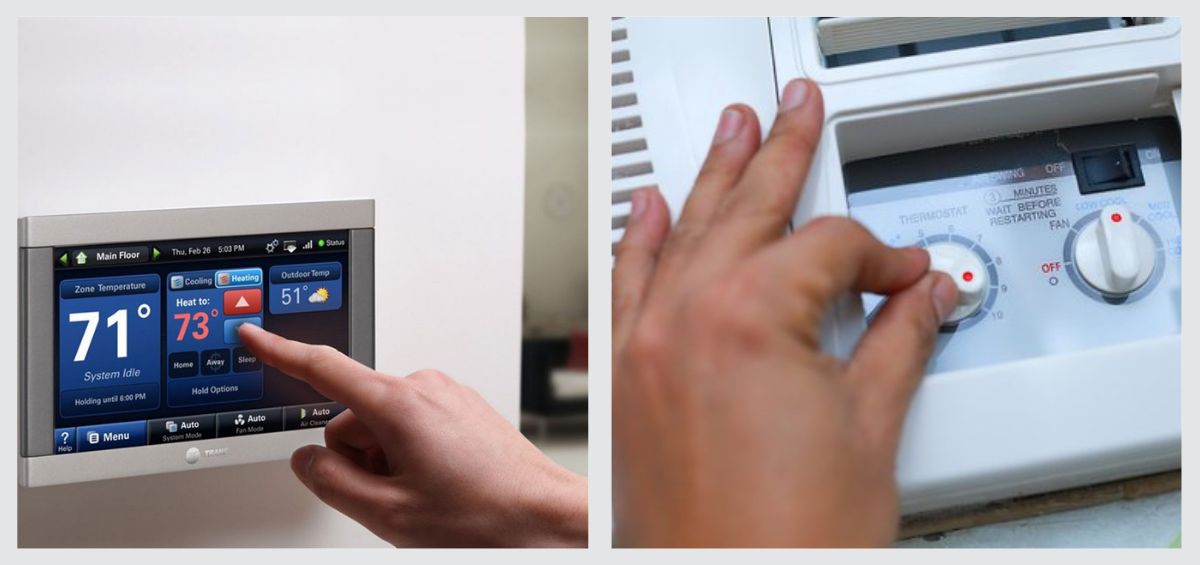What Exactly Is Humidity?
Home humidity is the moisture in your home’s air. The relative humidity is given as a percentage and tells you how close the air is to being saturated with water. Warm air can hold more water vapour than cold air, so if the amount of water vapour in the air stays the same but the temperature increases, the relative humidity will decrease. If the amount stays the same but the temperature decreases, the relative humidity will increase.
How does high humidity cause damage to your home?
If these areas are constantly damp, it can lead to damages like:

Insect Infestations
Mold isn’t the only home invader that loves the humidity. Insects thrive in humid conditions as well. Dust mites, for example, will enjoy a humid house.

Mold And Mildew
If you have a basement, you increase your chances of having moisture in your home. These spaces draw moisture from the ground and because they’re often not well-ventilated, they can also trap humidity in the air. When the moisture and humidity combine, it can lead to mildew. It can also lead to your wood absorbing moisture and as a result, growing mold. The more mold wood has, the weaker it will become, and eventually, it will collapse, which can cause damage to your home.

Health Hazards
While it’s not a direct effect on your home, humidity and moisture can cause health problems in you and/or your family members. When mold or mildew grows in your home, its airborne spores can travel through your air ducts and be inhaled. These spores can cause allergies, infections, skin irritation, and more. When humidity levels reach above 55 percent, your home becomes a breeding ground for allergens like mold, dust mites, fungi, and bacteria.

Mechanical Problems
When humidity settles on toilet tanks, water pipes, HVAC systems, and other mechanical objects, it can slowly cause rust or fungus and lead to failed parts and mechanisms. Failed parts can prevent proper operation and may mean costly fixes.

Floor and Wall Issues
Excess humidity and moisture in the air can actually lead to mold or mildew in your carpeting. This can be very hard to get rid of and not only cause an odor but even cause you to have to replace your carpet entirely. Too much humidity can also create pockets of moisture in your walls. As these pockets spread, they make your wallpaper, paint, and/or drywall soggy and will cause them to flake away and need replacing.

Damaged Goods
If you have clothing, food, wood instruments, or other goods stored in the basement or attic of your home, they may become damaged from excess humidity. In humid spaces, dry foods can go stale, cans can rust, wooden instruments can warp, and clothing can take on a musty smell.

Paint and Wallpaper
The large flat surfaces of walls inside a home are generally cooler than the air temperature inside the house. As humid indoor air contacts the cool wall surface, condensation occurs. Moisture damage, including flaking paint and peeling wallpaper, result from repeated cycles of dampness and drying. Simply repainting a wall or applying new wallpaper does not resolve the issue of humidity-related moisture damage.

Book Damage
Electronics aren’t the only belongings in your home that will receive damage from moisture and humidity. Old and weathered books will become all but useless after exposure to excess moisture.
The fragile pages of these books will absorb moisture, which damages them further than they already might be. You can’t expect these books to last very long in moist conditions. We will many times come across entire bookshelves that are covered with mold colonization due to high humidity within the home. Books contain food sources that mold loves to feed on.

How To Decrease Humidity In Your House
There are many tools and strategies you can employ to reduce the humidity in your home. Remember, you’ll want to know how to reduce humidity in the house in winter, as much as in summer :

- Dehumidifiers :
Dehumidifiers are placed in basements most of the time, but you can get large-scale ones for an entire property. They work best when a room or area is sealed off, including all windows and doors. They remove moisture from the air but must remain away from walls and objects to allow for proper airflow. You’ll want to learn how to reduce humidity without a dehumidifier too.

- Proper Ventilation :
You want to make sure that areas, where moisture is present, are properly ventilated, such as the kitchen and bathrooms. Turn vent fans on and leave them on when there’s moisture in the room. Get extra fans if you think moisture is causing issues. If you don’t have any exhaust fans, you can crack a window or two.

- Air Conditioning Systems :
Air Conditioning units don’t just cool down the air inside a home. They also remove moisture and humidity. Just make sure the unit you have installed is the appropriate size for the square footage of your property.

- Humidity Monitors :
You can buy humidity monitors at a local hardware store or online to check moisture levels inside your home.

- Weather-stripping :
Weather-stripping around the doors and windows of your home creates an air-tight seal to prevent cool or warm air from escaping, and excess humidity from seeping inside. They are especially necessary for warmer climates where it’s humid outdoors.

- Caulking :
Caulking works the same way as weather-stripping, only it’s used to line surfaces and materials that may come into contact with moisture such as faucets, sinks, toilets, tubs, and more. Caulking is also used around windows and in seams.

- Insulation :
Insulation, if you don’t know, is used to retain heat and keep excess particles from entering a home. If the walls of a home are properly insulated ; and they’re not already moist; they will prevent cool and warm air from escaping or entering through gaps in the walls.

- Interior Adjustments :
You can make several changes to the interior of your home which include installing ceiling fans, regularly cleaning your AC ducts and filters, and more.

- Lifestyle Changes :
Set the fan on your AC or HVAC unit to “auto” instead of “on.” Also, try not to run the AC as often if you notice it’s powering on and off for short bursts. Also, be sure to use the exhaust fan in bathrooms when you’re showering, and keep the door open if you can.

Drawbacks Of Low Humidity Levels
Just as an excess of humidity is bad, low humidity levels can be equally damaging.
High humidity levels can make breeding grounds for mold and fungi, low humidity levels can make conducive environments for bacteria and viruses. Studies have shown that low humidity can affect the propagation of viruses through the air. Other effects can be chapped lips, dry skin, and rashes.

Another effect of dry air is that you feel colder than you are. This is because dry air pulls moisture from your skin. This leaves us feeling colder than we are, and are forced to turn up the heating. As expected, this results in higher energy bills, which could have been easily avoided if humidity levels were controlled.

In the case of wooden furniture and wooden door frames etc., care has to betaken with humidity. Dry air can damage wood at a much faster rate than humid air, and results in cracks and splintering of wooden items.

Humidity can have a marked effect on your comfort and health. A better understanding of what humidity means and how it affects your environment leads you to make better and smarter choices while catering to this problem.

Along with comfort, keeping perfect humidity levels can lead to lower energy bills, through decreased usage of air conditioners and keeping your thermostats a few degrees higher than usual.
That’s all for today. Now is the time to manage the humidity levels at your homes in a better and more effective way.


